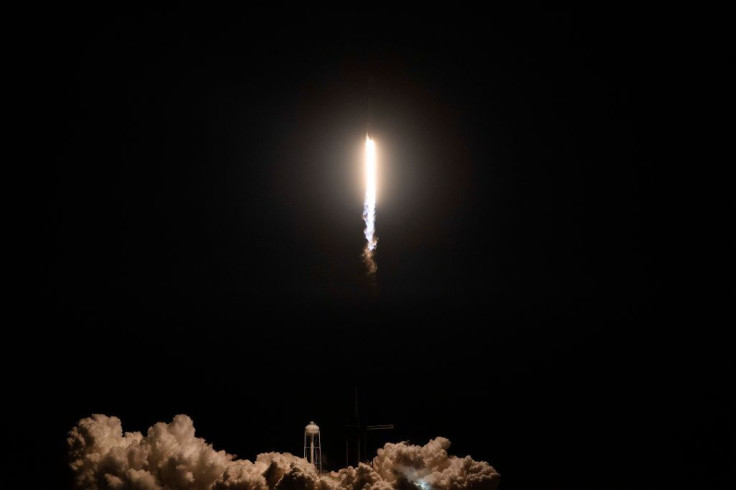First 60 SpaceX Starlink Internet Satellites Switch On

The first 60 v0.9 satellites comprising the Starlink megaconstellation launched into low Earth orbit (LEO) on May 24 have powered up and contacted ground stations.
SpaceX said all 60 of its Starlink satellites have deployed their lone solar arrays. Most of these small satellites (smallsats), which weigh some 227 kg each, are in the process of climbing from their current 440 kilometer altitude drop-off point to their 550 km target orbit.
"All 60 satellites have deployed their solar arrays successfully, generated positive power and communicated with our ground stations," SpaceX said.
These 60 satellites are part of phase 1, or the first orbital shell, where 1,600 satellites will be deployed at an altitude of 550 km. SpaceX eventually intends to deploy close to 12,000 Starlink satellites in three orbital shells by the mid-2020s.
More than 2,800 Ku- and Ka-band spectrum Starlink satellites will be orbited at an altitude of 1,150 km (710 miles) in orbital shell 2. More than 7,500 V-band Starlink satellites in orbital shell 3 will be located at an altitude of 340 km (210 miles). Total cost of the decade-long project to design, build and deploy this mammoth constellation is estimated at over $10 billion
SpaceX said Starlink will become operational once 800 satellites are activated. Reaching this number will need a dozen more launches aboard SpaceX Falcon 9 launch vehicles.
“SpaceX continues to monitor the constellation for any satellites that may need to be safely deorbited,” a SpaceX spokesperson said. “All the satellites have maneuvering capability and are programmed to avoid each other and other objects in orbit by a wide margin.”
SpaceX CEO Elon Musk said that because the Starlink satellites carry a significant amount of new technology, they risked not working as planned once in LEO.
“It’s possible that some of these satellites may not work, and in fact [there’s a] small possibility that all of the satellites will not work,” he said. “But these are a great design and we’ve done everything we can to maximize probability of success.”
That new technology includes Hall-effect thrusters, which are electric propulsion thrusters that run on krypton instead of the typical xenon, and advanced phased array high-throughput antennas for communications. Most of the 60 satellites deploy these technologies.
The Hall-effect thrusters will be used for in-orbit position adjustment, altitude maintenance and deorbit. Each of the 60 satellites has a Star tracker navigation system for precision pointing and is capable of tracking in-orbit debris. Each has an autonomous collision avoidance system, as well.



























